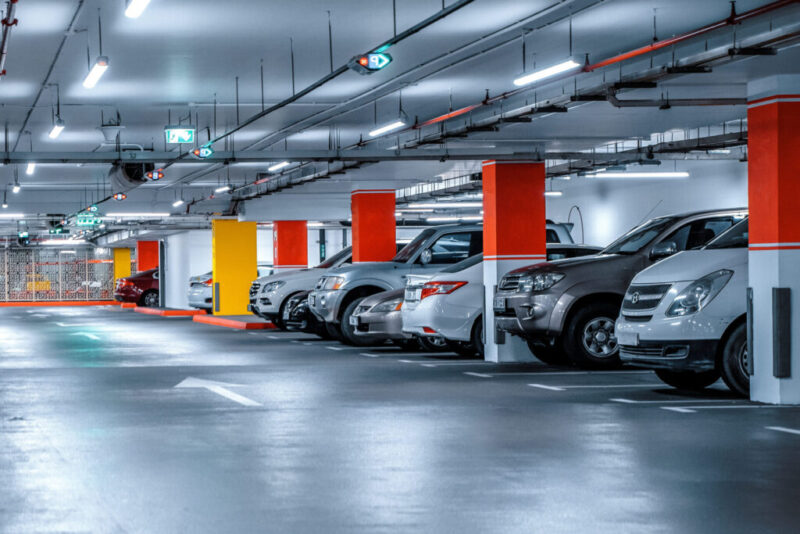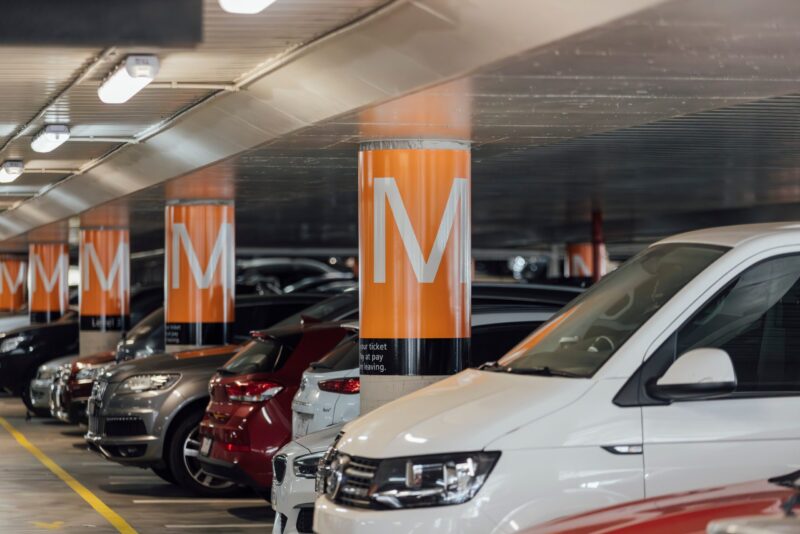For many travelers flying out of Portland International Airport (PDX), driving to the terminal and leaving a vehicle parked for days or weeks is a routine choice. It’s convenient and often considered the most direct way to manage travel logistics. But few stop to consider the broader environmental implications of this decision. Although airport parking offers convenience and logistical flexibility, it simultaneously entails concealed environmental repercussions. This has sparked discussions around sustainable alternatives and more mindful planning. One recurring theme among environmentally conscious travelers is the idea of planning ahead—such as choosing public transport or even considering when to reserve your space to minimize unnecessary driving.
Emissions from Driving to the Airport
The majority of passengers commute to the airport in private vehicles, frequently traveling unaccompanied. These short trips, when aggregated across thousands of travelers daily, generate significant greenhouse gas emissions. Unlike carpooling or using mass transit options like the MAX Light Rail or airport shuttle services, solo driving increases per capita emissions considerably.
In Oregon, where environmental sustainability is a growing priority, this trend raises concerns. Especially when considering that airport traffic volume is expected to rise in the coming years, emissions from airport-bound car trips may offset other eco-friendly improvements made by the airport itself.
The Long-Term Environmental Cost of Parking Lots
Beyond emissions, parking infrastructure itself contributes to environmental degradation. The large, paved surfaces required for airport parking lots increase heat absorption and water runoff. These impervious surfaces can negatively affect surrounding ecosystems by altering natural drainage patterns, raising local temperatures, and contributing to pollution in waterways through oil and debris washed off parked vehicles during rain.
Resources consumed in building lots, installing lighting, and maintaining pavement all add to the carbon cost. Despite improvements like LED lighting and solar-powered features in some areas, the environmental toll of large-scale parking remains substantial.

Alternatives with Lower Environmental Impact
The TriMet MAX Red Line facilitates a seamless connection between Portland’s urban core and the airport, providing a low-emission transit corridor for both travelers and airport personnel. Rideshare pooling constitutes a practical yet sophisticated solution that alleviates vehicular density without substantially compromising the convenience afforded to commuters.
Some travelers also opt for cycling to the airport, especially for short domestic trips with limited luggage. PDX offers bike parking options, reflecting a broader shift toward integrating alternative transport into airport planning.
Carpooling, too, is underutilized but potentially powerful. For travelers originating from the same neighborhood or flying at similar times, shared transportation can cut emissions dramatically. Encouraging these options, however, often requires more awareness and coordination.
The Role of Individual Planning in Sustainability
Ultimately, sustainable airport access depends on individual choices as much as infrastructure. While not all travelers can avoid parking entirely, conscious planning can help reduce environmental impact. For instance, opting for long-term economy lots instead of short-term premium ones may reduce circulation congestion near terminals. Likewise, travelers can time drop-offs and pickups more efficiently to minimize idling and repetitive trips.
Even when personal vehicle use is necessary, small actions such as routine vehicle maintenance, tire checks, and reduced idling time contribute to greener travel. Anticipatory planning to reserve your space can mitigate unnecessary vehicular circulation and idle periods, thereby enhancing traffic efficiency and curbing overall emissions.
A Call for Collective Responsibility
The conversation about airport sustainability often focuses on airline emissions, but ground transportation plays a critical role too. As the volume of travelers increases at PDX, rethinking how passengers access the airport is essential. Transitioning to low-impact travel modes, where feasible, and making environmentally conscious parking decisions can significantly contribute to regional sustainability goals.
While driving to the airport and parking may seem like a minor part of the travel process, its environmental implications are far-reaching. With better planning and more awareness, individual choices can drive collective progress.


